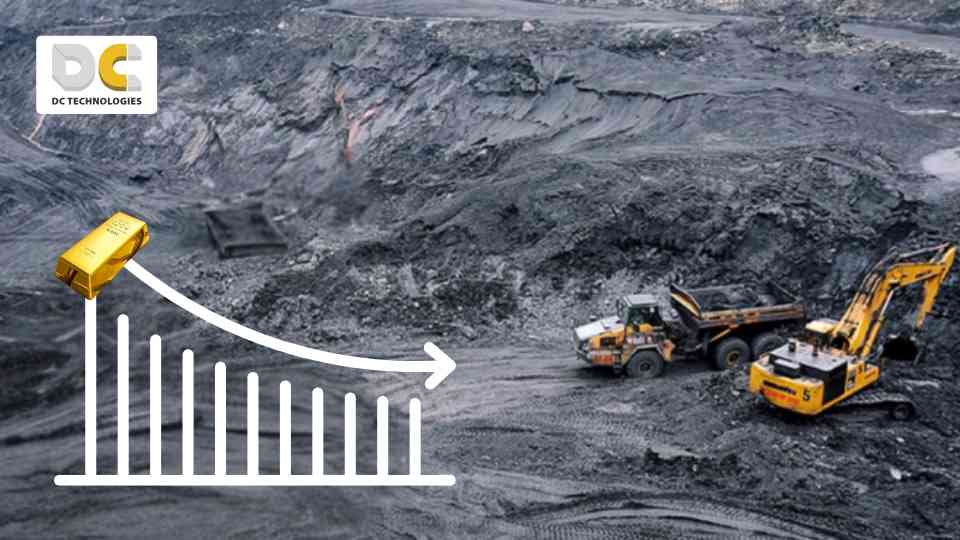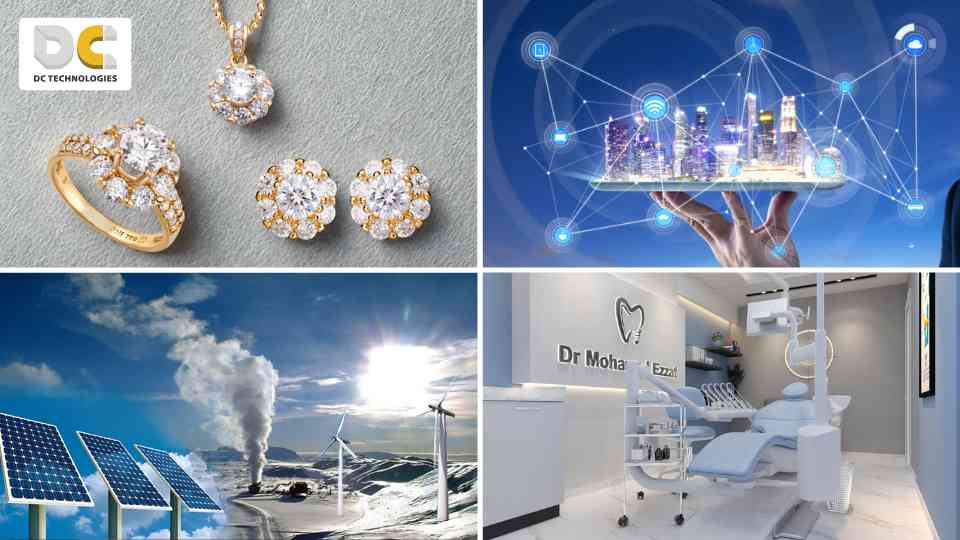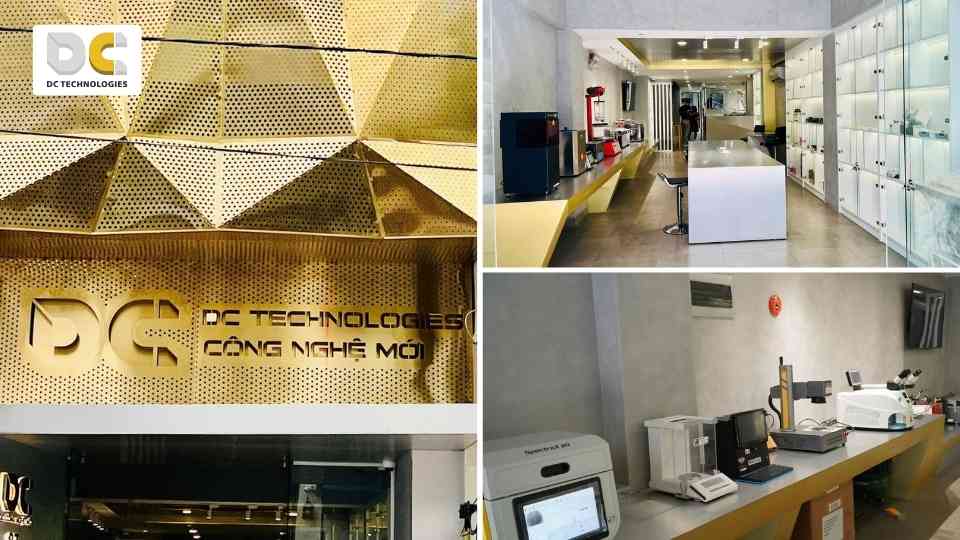Chia sẻ kinh nghiệm
Precious Metals and Modern Recycling Technologies
Intoday’s world, precious metals play an irreplaceable role—from jewelry and healthcare to electronics and aerospace. Their beauty, rarity, and exceptional physical-chemical properties make them a strategic global resource. However, natural supply is increasingly limited while demand is rising rapidly. This is why precious metal recycling has become an inevitable trend, helping to reduce costs while ensuring sustainable development. This article explores the definition of precious metals, the current state of mining and usage, and, most importantly, the modern recycling technologies shaping the future of materials.
I. What Are Precious Metals and Why Are They Valuable?
Precious metals are rare elements in nature with high economic value due to scarcity, stability, and unique properties. They are resistant to oxidation, highly corrosion-proof, and excellent conductors of heat and electricity.
Widely used precious metals include:
- Gold (Au): A financial symbol, also used in electronics for superior conductivity and resistance to rust.
- Silver (Ag): The best natural conductor, antibacterial, applied in medicine and technology)
- Platinum (Pt): Highly durable, heat-resistant, and non-reactive with most chemicals.
- Palladium (Pd): Key in catalytic converters, especially for automotive exhaust treatment.
- Rhodium (Rh) and Iridium (Ir): Rare, hard, and highly reflective, often used in plating and advanced industries.
Thanks to these outstanding properties, precious metals are both symbolic and essential to the global economy.
>> See also: Metals More Precious Than Gold? Top 5 Most Valuable Metals in the World
II. Current Global Production of Precious Metals
Demand for precious metals is soaring across industries. In electronics, gold and silver are vital in chips, circuit boards, and connectors. Renewable energy uses silver in solar panels and palladium in fuel cells. Healthcare relies on gold and platinum for surgical tools and dentistry. Jewelry remains the traditional market, consuming massive amounts of gold and silver.
According to S&P Global, since 2010 the average global gold ore grade has dropped by more than 13%, meaning more ore must be mined to produce the same amount of gold. USGS also reported that global gold output in 2023 barely increased compared to the previous year, as many mines now have lower reserves and are harder to exploit.

Global Average Gold Ore Grade Declines
This raises a critical question: How can we ensure a stable supply for a world increasingly dependent on precious metals?
III. Why Recycling Precious Metals Is Essential
Mining is costly and environmentally damaging. By contrast, precious metals can be recycled indefinitely without losing quality.
Key reasons why recycling is becoming essential:
- Cost savings: Recovering gold from old electronics is far cheaper than mining new ore.
- Pollution reduction: Recycling cuts mining activity, lowers CO₂ emissions, and reduces toxic waste.
- Stable supply: Rising demand in electronics, healthcare, and renewable energy cannot rely solely on natural mining.
- Sustainability alignment: ESG policies and the circular economy both encourage recycling.
>> See also: ESG In Vietnam: Investing In Social And Governance Performance For Sustainable Growth | Vietcetera
IV. Modern Recycling Technologies for Precious Metals
1. Mechanical Recycling
Crushing, sorting, and separating materials containing precious metals. Common for old jewelry or simple scrap. Purity is limited, so chemical processing is often needed afterward.
2. Chemical Recycling (Hydrometallurgy)
Dissolving metals in acid or alkali solutions, then extracting via chemical reactions. Delivers high purity, ideal for recovering gold and silver from electronics. Wastewater treatment is essential to prevent pollution.
3. Thermal Recycling (Pyrometallurgy)
Using high heat to separate precious metals from ores or alloys. Suitable for large-scale metallurgy, but energy-intensive and polluting.
4. Biometallurgy
An emerging eco-friendly method using microbes or enzymes to absorb and separate precious metals from e-waste. Promising, but still in scaling research.
5. Electrochemical Recycling
Applying electric current to recover precious metals from solutions, especially in electroplating and industrial waste treatment. Effective for high-purity gold, silver, and platinum.
6. XRF-Assisted Refining
A modern trend using X-ray fluorescence (XRF) spectrometers to support refining and recovery. XRF identifies metal composition quickly and accurately without damaging samples, making sorting and separation more efficient. This technology is increasingly adopted to improve precision and optimize recycling processes.
V. Practical Applications of Recycled Precious Metals

Applications of Recycled Precious Metals
Recycled precious metals retain full value and enable many important applications:
- Jewelry: Recycled gold and silver remain pure and suitable for high-end products.
- Electronics: Gold and palladium recovered from old boards and chips are reused in new devices.
- Energy: Silver from solar panels and palladium from fuel cells support clean energy solutions.
- Healthcare: Platinum and rhodium from medical instruments can be recycled to reduce production costs.
VI. Trends and Challenges in Precious Metal Recycling
The world is moving toward a circular economy, where precious metal recycling is a key pillar. By 2030, the recycling market is projected to grow strongly.
>> See also: What Is a Circular Economy? Characteristics and Global Practices
Challenges remain: high investment costs for advanced technology, waste management, and ensuring consistent purity. To succeed, businesses must combine cutting-edge technology with robust environmental policies to optimize recycling.
VII. DC Technologies – Over 25 Years of Experience in Jewelry and Materials

DC Technologies
With more than 25 years of experience in jewelry and industrial materials, DC Technology has become a trusted partner for thousands of businesses in Vietnam and abroad. The company offers a wide range of solutions—from pure precious metals for production to advanced analysis and testing equipment such as XRF spectrometers, as well as laboratory solutions.
DC Technology commitments:
- 100% genuine products.
- Official warranty and long-term technical support.
- Free training and on-site installation.
- Professional local technical team in Vietnam.
- Flexible installment and payment plans.
As demand for precious metals grows and transparency becomes a priority in 2025, choosing a comprehensive solution provider like DC Technology is the key to enhancing competitiveness, optimizing production, and building long-term customer trust.
Contact DC Technology today for tailored solutions and exclusive offers!
Website: https://dctech.com.vn/
Hotline: 0908727235
Showroom: 87 Nghĩa Thục, An Đông Ward, Ho Chi Minh City
High-Tech Center, 4th Floor, HUTECH Building, D1 Street, Saigon Hi-Tech Park, Thu Duc City
No. 22B Ơ2 Linh Đàm Peninsula, Hoang Liet Ward, Hanoi
